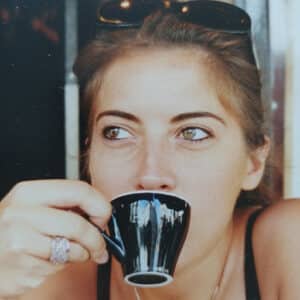Mysterious genius, provocateur to the core, political agitator, tyrannical director, permanent self-critic, insolent egotist, visionary autist… The qualifiers to describe Jean-Luc Godard keep multiplying: they are an amalgam of everything and its opp...



